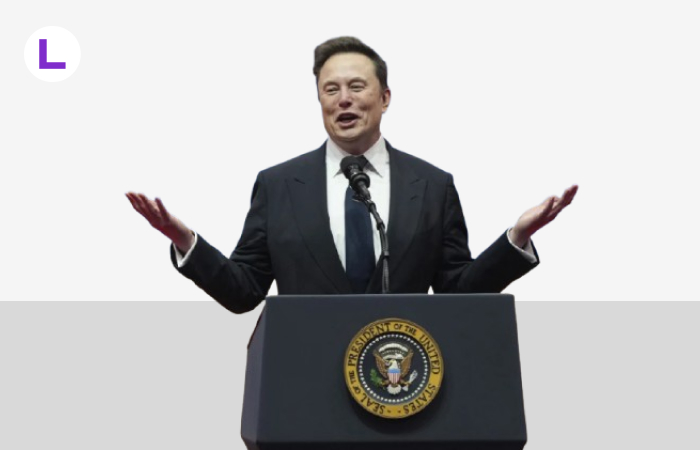Tesla Inc. posted financial results for the first quarter of 2025 that were weaker than expected, as both revenue and earnings fell short of Wall Street forecasts. The company’s automotive division reported a steep year-over-year revenue decline of 20%, highlighting ongoing challenges in pricing and production.
Key Factors Behind the Revenue Decline
The sharp drop in automotive income was linked to a mix of production adjustments and pricing pressures. Tesla noted that updates to the Model Y SUV affected operations across its four vehicle production plants. Additionally, lower average selling prices combined with elevated promotional offers contributed to reduced profitability.
Operating Income and Margins Shrink
Tesla’s operating income dropped by 66%, totaling $400 million in Q1 2025, down from $1.17 billion during the same period last year. The company’s operating margin narrowed significantly to 2.1%, largely due to increased expenses, particularly those related to ongoing artificial intelligence investments.
Strong Growth in Energy Segment
On a more positive note, Tesla’s Energy Generation and Storage division saw significant momentum, with revenues climbing 67% year-over-year to $2.73 billion. The company emphasized that its expanding AI infrastructure is fueling demand for its energy storage solutions.
Tariff Pressures and Global Trade Concerns
Tesla has also recognized the increasing risks associated with global trade tensions. Higher tariffs are expected to increase the cost of essential materials such as battery components, electronic circuits, and auto glass. The company warned that such trade developments could lead to short-term supply disruptions and fluctuating market demand.
Stock Decline in 2025
Tesla’s stock has seen a sharp downturn this year, sliding 41% so far, marking its worst performance in a single quarter since 2022. Despite the poor showing, shares experienced a brief recovery following public comments from former President Donald Trump, who confirmed he had no plans to dismiss Federal Reserve Chair Jerome Powell.
Looking Ahead
The company did not provide detailed growth projections for the remainder of the year, indicating that updates would be shared during its second-quarter report. Still, CEO Elon Musk expressed confidence in Tesla’s long-term direction, pointing to the company’s innovation pipeline and evolving energy business as future drivers of growth.
Conclusion
While Tesla continues to face setbacks in its automotive segment amid rising competition and economic headwinds, its strength in energy solutions and long-term innovation strategy could offer a path to rebound. Investors are expected to closely monitor the company’s next steps amid market volatility and geopolitical uncertainty.


